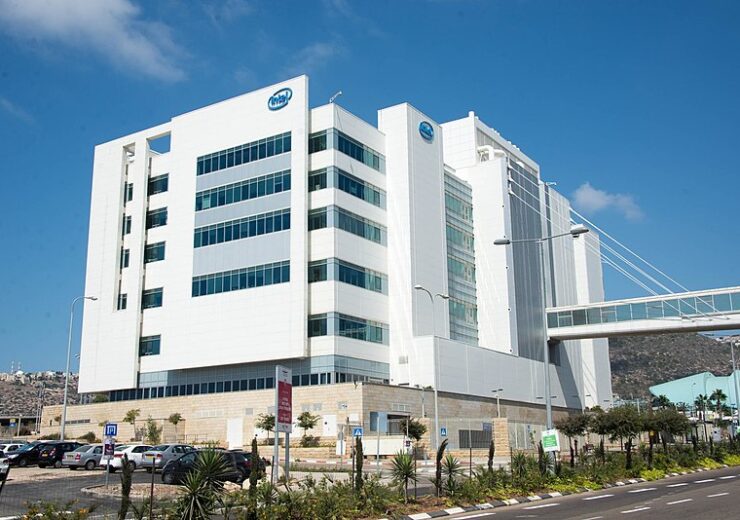For the reported quarter, Intel’s net revenue was down by 7% YoY to $18.35bn

Intel earned net revenue of $18.35bn in Q1 2022. (Credit: xiquinhosilva/Wikimedia Commons)
Intel has posted a GAAP net income of $8.1bn for the first quarter of 2022 (Q1 2022), an increase of 141%, compared to $3.4bn for the same quarter of the previous year.
The US semiconductor company’s diluted earnings per share (EPS) for the three months ended 2 April 2022 were $1.98, compared to an EPS of $0.82 in Q1 2021, that ended 27 March 2021.
For the reported quarter, Intel’s net revenue was $18.35bn, a decrease of 7% year over year (YoY), compared to $19.67bn earned in Q1 2021.
Intel’s client computing group (CCG) revenue for Q1 2022 was $9.3bn, which is a decrease of 13% YoY. Its datacenter and artificial intelligence (AI) Group (DCAI) saw a 22% YoY jump in revenue to $6bn in the reported period.
The network and Edge group (NEX) revenue was up by 23% to $2.2bn, while the revenue of the accelerated computing systems and graphics group (AXG) increased by 21% to $219m.
The Mobileye business of Intel contributed revenue of $394m in Q1 2022, which is a 5% increase YoY, while the relatively newly created Intel Foundry Services (IFS) business saw its revenue jump by 175% YoY to $283m.
Intel CEO Pat Gelsinger said: “Q1 was a strong start to the year, exceeding expectations on both the top- and bottom-line.
“With a $1 trillion market opportunity ahead of us, we remain laser focused on our IDM 2.0 strategy.
“We executed well against that strategy in Q1, delivering key product and technology milestones and announcing plans to expand our manufacturing capacity in both the US and Europe to meet the continued demand for semiconductors and drive a more balanced, resilient global supply chain.”
During Q1 2022, Intel signed a deal worth around $5.4bn to acquire Tower Semiconductor, an Israel-based foundry for analogue semiconductor solutions. The deal was taken up by the American semiconductor company to significantly advance its IDM 2.0 strategy.


